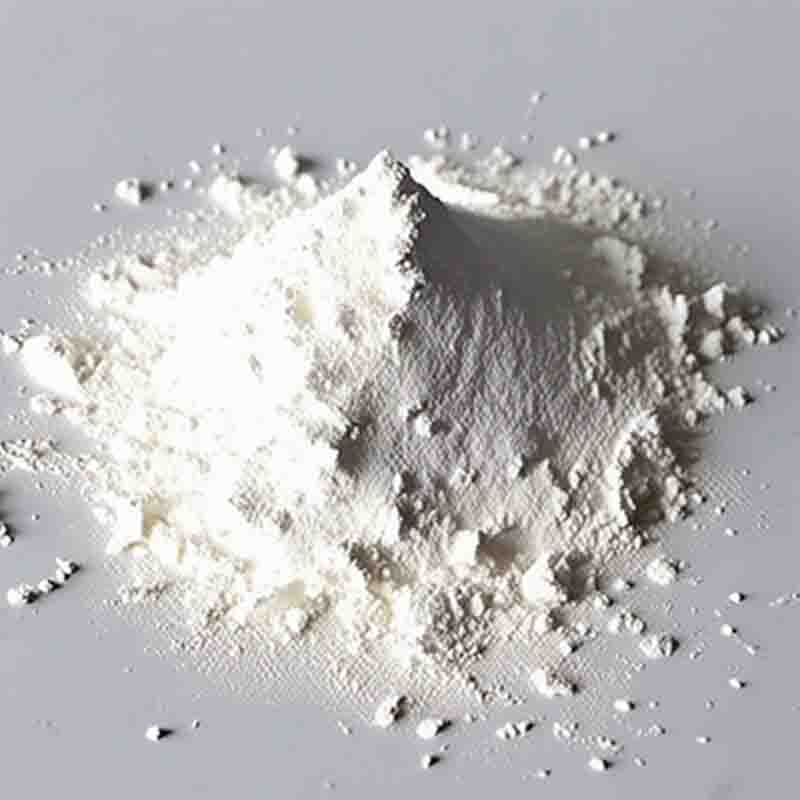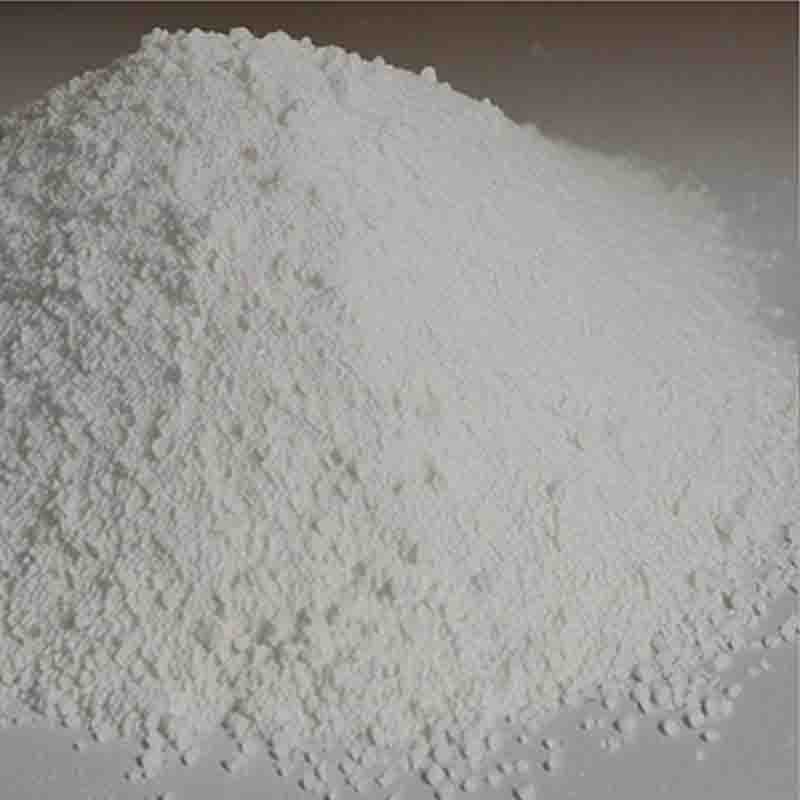3-ethyl-5-(2-hydroxyethyl)-4-methylthiazoliumbromide CAS:54016-70-5
| Catalog Number | XD95051 |
| Product Name | 3-ethyl-5-(2-hydroxyethyl)-4-methylthiazoliumbromide |
| CAS | 54016-70-5 |
| Molecular Formula | C8H14BrNOS |
| Molecular Weight | 252.17 |
| Storage Details | Ambient |
Product Specification
| Appearance | White powder |
| Assay | 99% min |
The compound 3-ethyl-5-(2-hydroxyethyl)-4-methylthiazolium bromide is a complex name that represents a specific chemical structure. It consists of a thiazolium ring with various substituents attached to it, including an ethyl group at position 3, a hydroxyethyl group at position 5, and a methyl group at position 4. The compound is further denoted by the presence of a bromide ion.Such compounds, often referred to as thiazolium salts, have been extensively studied for their diverse biological activities. Here we will discuss some general effects and potential applications associated with thiazolium bromides:Antimicrobial Activity: Thiazolium salts have been investigated for their antimicrobial properties. They have shown inhibitory effects against a wide range of bacteria, fungi, and even some viruses. This makes them potential candidates for the development of antimicrobial agents or disinfectants.Anticancer Potential: Some thiazolium salts have exhibited promising anticancer activity by inhibiting the growth of cancer cells. They can interfere with essential cellular processes, leading to cell cycle arrest or apoptosis. Further research is being conducted to explore their potential as effective chemotherapeutic agents.Ionic Liquid Properties: Thiazolium salts, including 3-ethyl-5-(2-hydroxyethyl)-4-methylthiazolium bromide, possess ionic liquid characteristics. Ionic liquids are liquid salts that can act as solvents for a wide range of chemical reactions. They are known for their low volatility, good thermal stability, and ability to dissolve various organic and inorganic compounds. These properties make thiazolium salts attractive for use in catalysis, separation, and other chemical processes.Electrochemical Applications: Thiazolium salts have shown potential as electrochemical mediators or redox-active entities in energy storage devices such as batteries and supercapacitors. Their ability to undergo reversible redox processes makes them useful in facilitating charge transfer reactions.Biological Imaging Agents: Thiazolium salts can also serve as fluorescent probes or imaging agents in biological studies. By incorporating fluorescent groups into the thiazolium structure, they can selectively bind to specific cellular components and provide visual information for the detection and monitoring of biological processes.It's important to remember that the specific effects and applications of the compound 3-ethyl-5-(2-hydroxyethyl)-4-methylthiazolium bromide may vary depending on the concentration, experimental conditions, and biological system under investigation. Detailed studies and further research are essential to fully understand its potential uses and limitations.





![N-[(2'-cyano[1,1'biphenyl]-4-yl)methyl]-methyl ester L-valine monohydrochloride CAS: 482577-59-3](https://cdn.globalso.com/xdbiochems/白色粉末1051.jpg)



